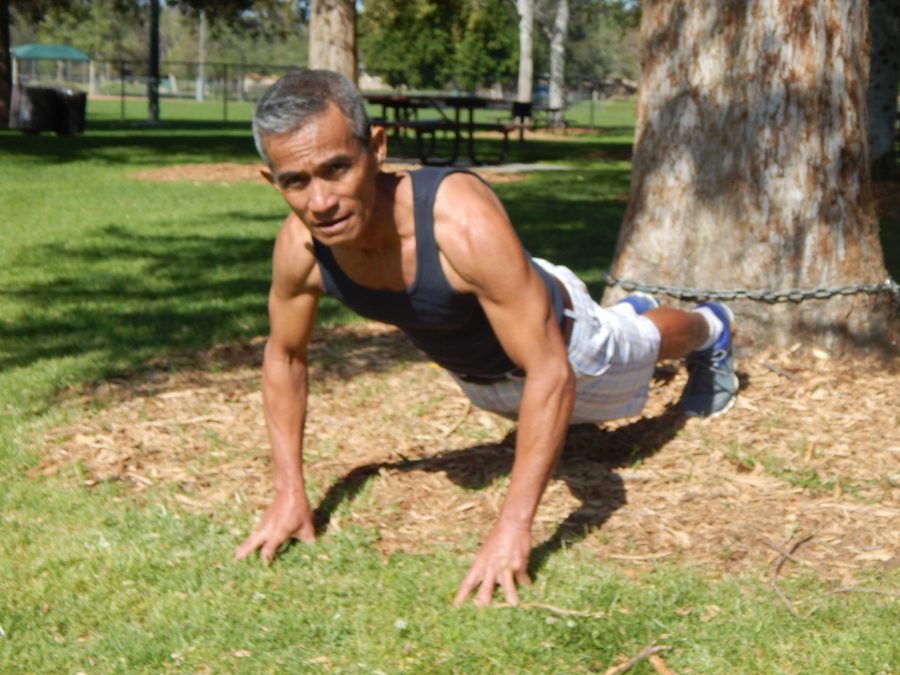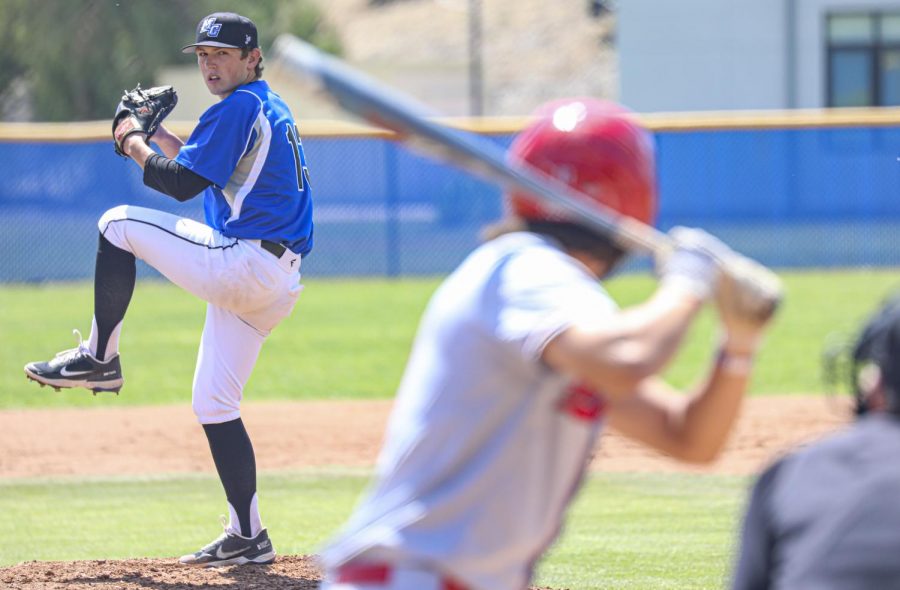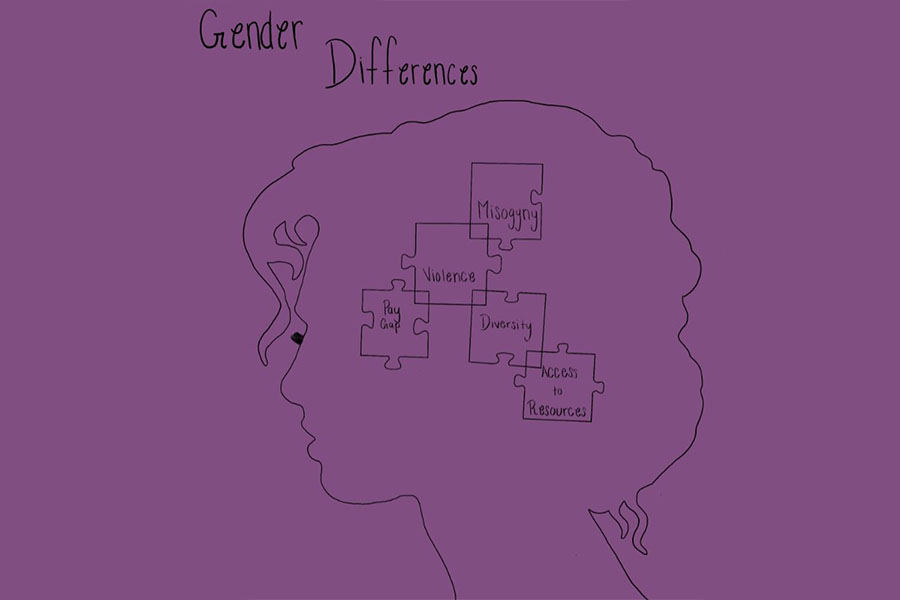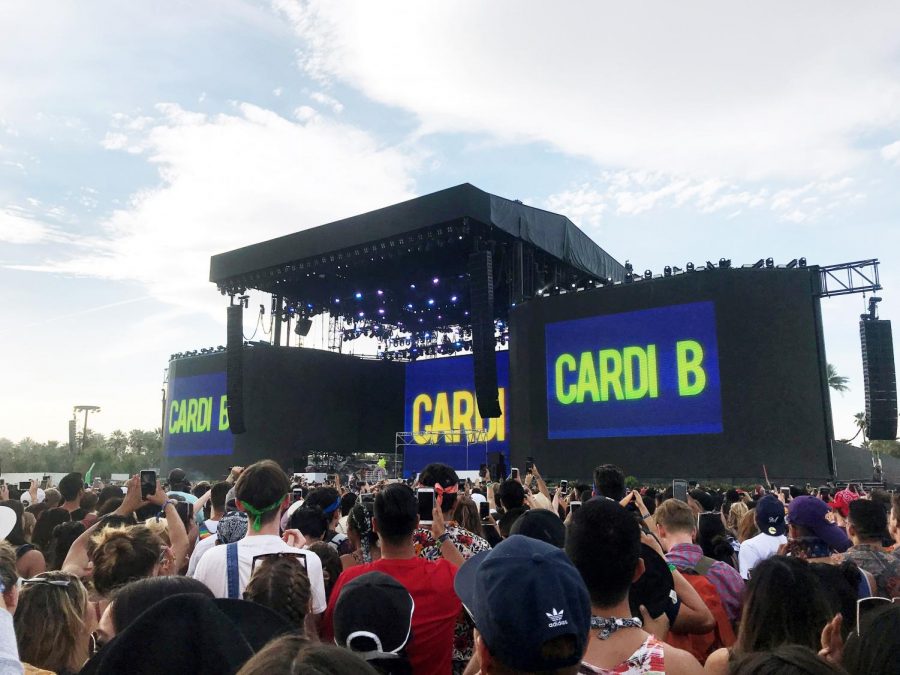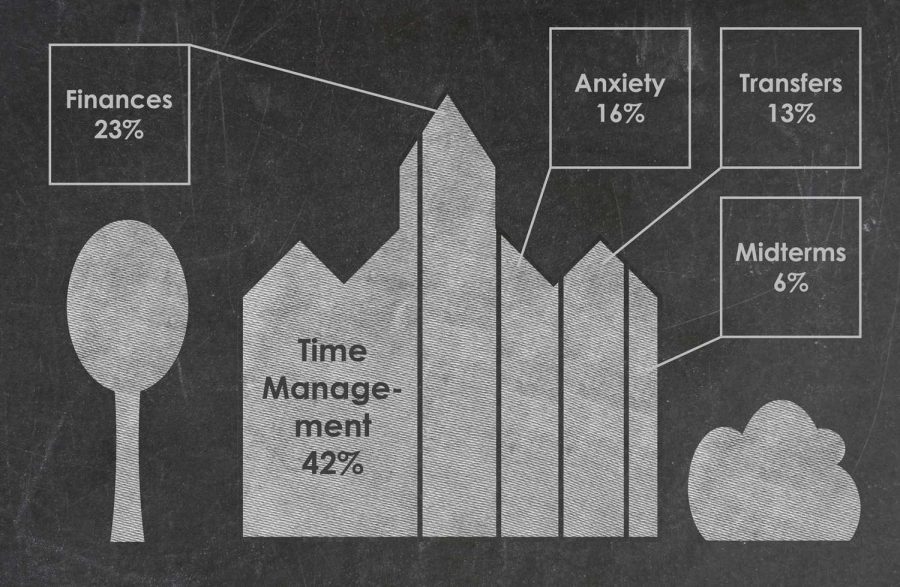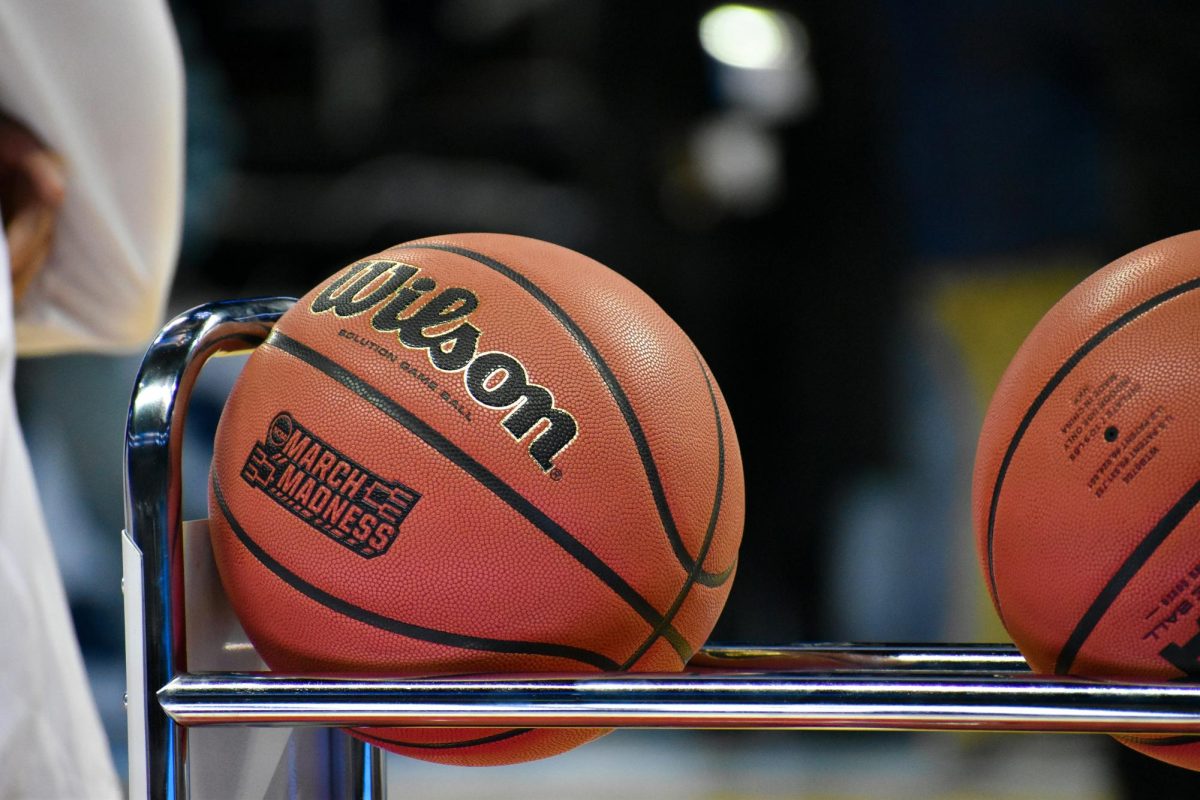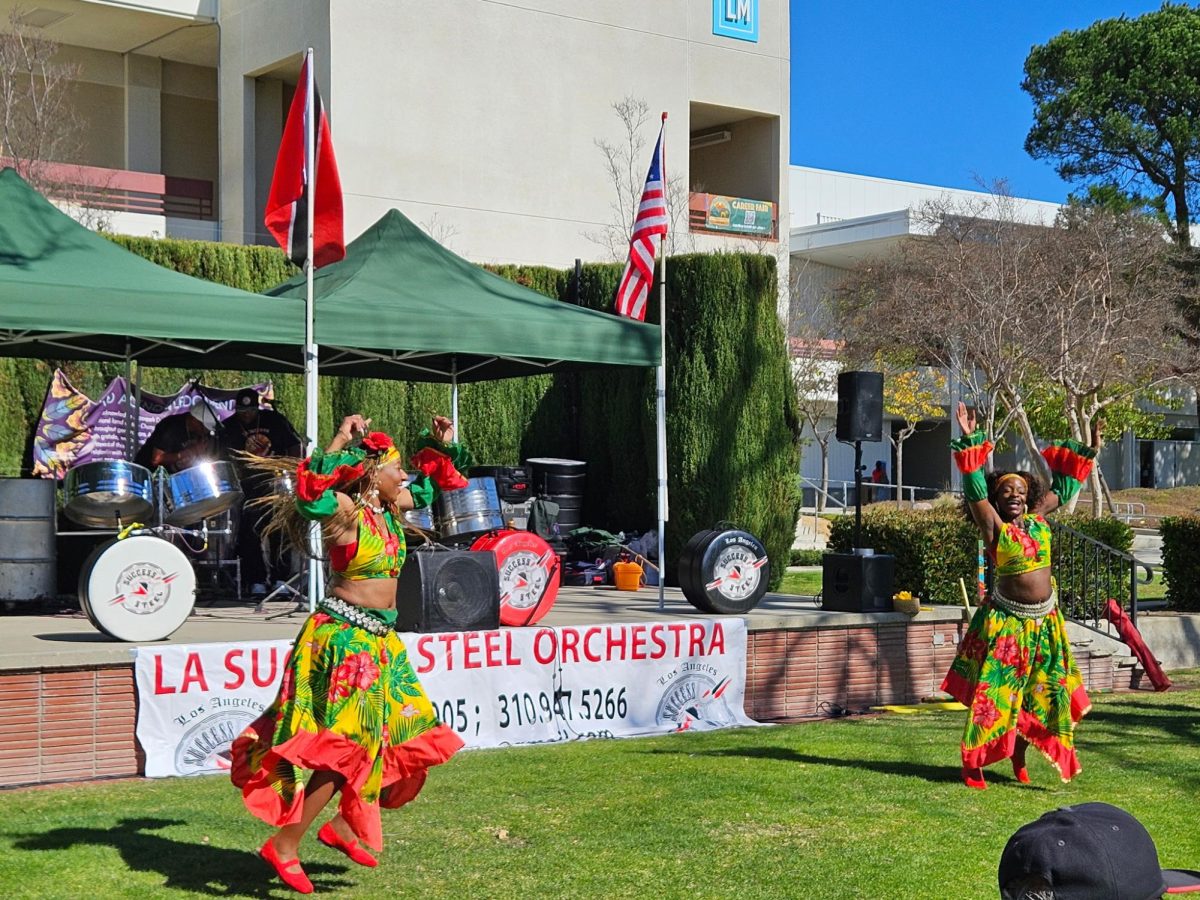When I started running in the 1980s, I concentrated on improving my speed and endurance. I can still recall the timekeeper calling out, “Six minutes, thirteen seconds,” as I passed the one mile marker in a 10k road race on a picturesque course in Hollis, New Hampshire. I didn’t think much about it during the race, but afterwards, I was thrilled with the accomplishment.
Later in the 1990s, as my body aged, my goal was to maintain a minimum level of fitness. My average times for the 10k were in the seven minutes per mile range. I was never an elite runner, but I competed with a group of hardy souls who entered the small-town races in the rolling hills and scenic vistas of the six New England states.
Regular running slows the effects of aging, according to a 2008 study from the Stanford University School of Medicine that tracked 500 older runners for more than 20 years. The article is authored by Erin Digitale, pediatrics science writer for the medical school’s Office of Communication & Public Affairs. Elderly runners have fewer disabilities, a longer life span of active life and half as likely as aging non-runners to die early deaths, the research found.
Today, in sunny Southern California, I can’t run competitively any more, and I’m happy to maintain 10 minute miles in practice. In fact, my goal these days is to run to stay alive. It sounds dramatic, but it’s no exaggeration. If I don’t exercise in some way, I’ll surely die. It’s that simple.
“The study has a very pro-exercise message,” said James Fries, MD, emeritus professor of medicine at the medical school and the study’s senior author. If you had to pick one thing to make people healthier as they age, it would be aerobic exercise.”
My friend, Minley Abuyabor, 62, is a regular at the park. His specialty is boxing, but we often run the one mile loop trail together.
“When I go running or exercising, the arthritis won’t penetrate my joints,” Abuyabor said. “I was a boxer and a registered trainer in the Philippines.”
When I hurt my left foot in training about seven years ago, I quit running. That’s when my health problems began. I put on weight and my blood pressure steadily rose.
All athletes live with a minimum threshold of pain, and running is no exception. The message was clear. I wrapped my bad foot in a bandage and started off again. I’ve been doing it regularly ever since. My weight and blood pressure dropped dramatically. Admittedly, my times are slower, and it’s harder to get motivated, but my basic rule of thumb is, once in uniform, I’m committed to the trail.
Fries’ team began tracking 538 runners over age 50, comparing them to a similar group of non-runners. The subjects, now in their 70s and 80s, have answered annual questionnaires about their ability to perform everyday activities such as walking, dressing and grooming, getting out of a chair and gripping objects. The researchers used national death records to learn which participants died, and why. Nineteen years into the study, 34 percent of the non-runners had died, compared to only 15 percent of the runners.
What’s the moral of the story? I try to face life’s obstacles with brutal honesty, find ways around the difficulties, and move forward. I was never the best athlete in the group and I never won a race in my life. But, I am persistent, and that’s what matters. As in life, I try to give it my very best and never, ever, quit.
And if, like an old warrior, I fall on the trail and can’t get up, please don’t send for the ambulance to rush me to the hospital. Just prop me up against my favorite tree and let me bathe my face in the mellow warmth of the sinking sun. Let me rest my weary body on the rough green blanket of grass, as I watch the noisy black crows circling slowly overhead in the fading light of the day.

